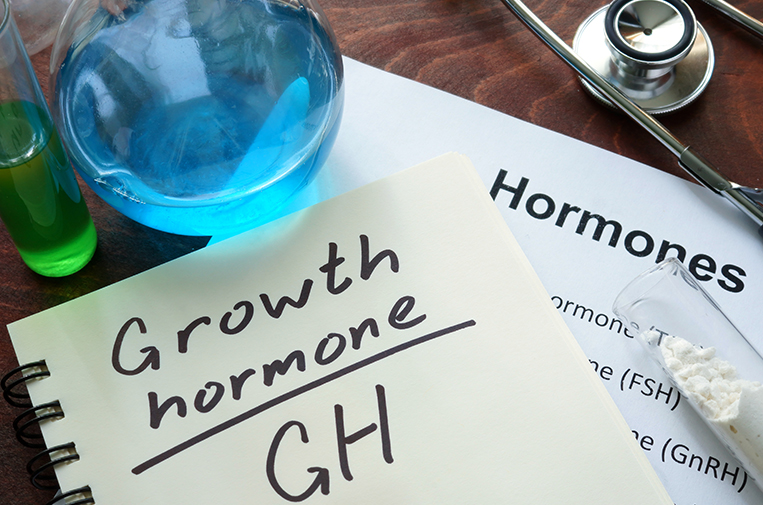These two organizations that monitor fertility clinics generate a massive amount of data: We sort out SART IVF success rates data for you.
All fertility patients considering in vitro fertilization (IVF) want to know that they are going to a fertility clinic that has excellent IVF success rates. In order to make this information available to patients, the Fertility Clinic Success Rate and Certification Act was passed in 1992.
This mandated that IVF centers report their outcome data to the Centers for Disease Control and Prevention (CDC). The CDC and the Society for Assisted Reproductive Technology (SART) now collect and report this data annually. Some IVF centers choose to not report their data.
When reporting began, only a very small amount of information was reported. Currently the reporting of data is a massive project for fertility clinics as well as for SART and the CDC. In order to report actual delivery/live birth rates, not just positive pregnancy tests, the data is not published until approximately 16 months after the last day of the year being reported. So the most current data is now the SART Preliminary National Summary report for 2018.
It can be very difficult for patients to understand the information being reported in the SART IVF success rate date because so many details are included. Additionally, there are often differences in the populations IVF centers work with. So SART suggests that it is difficult to compare IVF success rates between IVF centers.
How to make sense of the SART IVF success rate information?
You can find Reproductive Science Center’s most recent SART Clinic Summary reports here.
It can be very confusing for patients as there are multiple categories reported. The SART Clinic Summary report provides an explanation in the link “Understanding the SART Clinic Report.”
“We are very proud of our data and the consistency of our excellent success rates over the years. Our implantation rates are very high and our multiple pregnancy rates are very low. “
For fertility patients using their own eggs
- The Cumulative Outcome per Egg Retrieval Cycle reports your chance of achieving a live birth per IVF cycle started, and includes all transfers, fresh and frozen, for embryos derived from that egg retrieval cycle. Some patients in this category may never have an embryo transfer (few eggs, poor fertilization, or embryo development).
- The Cumulative Live Birth Rate reflects the chance of achieving a live birth, after a fresh or frozen embryo transfer, within a year of an IVF cycle initiated for egg retrieval.
- The Primary Outcome per Egg Retrieval Cycle reflects the chance of a live birth from the first embryo transfer, fresh or frozen, from an IVF cycle initiated.
- The Subsequent Outcome reports the chance for live birth in the second embryo transfer cycle (after a fresh or frozen transfer has been done) OR if the first transfer is not done until 1 year or more after the egg retrieval was done.
- The Live Birth per New Patient reflects your chance to have a live birth if you are a patient in the IVF center starting your first IVF cycle in that reported year.
For fertility patients using donor eggs
- Fresh Donor egg cycles include cycles in which an egg donation recipient uses fresh eggs retrieved from an egg donor in that center.
- Frozen Donor egg cycles include cycles in which an egg donation recipient uses eggs that were frozen at the time of the egg retrieval and later thawed for fertilization and embryo transfer.
- Donor Egg Thawed embryos include cycles in which an attempt is made to prepare an egg donor recipient’s uterus for transfer of previously frozen embryos derived from donor eggs.
- Donated Embryo cycles include cycles in which an attempt is made to prepare a recipient’s uterus for the transfer of embryos previously frozen for intended parents who decided to donate these embryos.
Important variables to consider in your review
- Does the IVF center you are working with even report its data? If it doesn’t, why not?
- What are your center’s live birth rates in your situation (age, etc.)?
- What is the average number of embryos your center transfers?
- Centers that transfer a higher number of embryos may have a higher pregnancy rate, but will often have higher multiple pregnancy rates, which increases the risks for the babies and mother, particularly when there are more than twins. A useful calculation to hone down on this important concept is the “implantation rate” reported in the SART clinic summary. This tells you the chance that an embryo transferred will implant and result in a viable pregnancy. Some experts feel that the implantation rate is the best measure of the clinical practice and IVF lab’s quality.
- RSC has reported our data to CDC and SART every year since 1992.
- In 2018 we had a total of almost 2500 ART cycles in our center.
The success of an IVF center is dependent on a large team including:
- An IVF laboratory staff and director with consistency and meticulous attention to detail.
- A physician team with excellent clinical judgment and experience.
- A nursing team with knowledge and compassion.
- And an entire staff that treats every patient as an individual and with empathy and respect.
We look forward to being your IVF center of choice in the San Francisco Bay Area.






